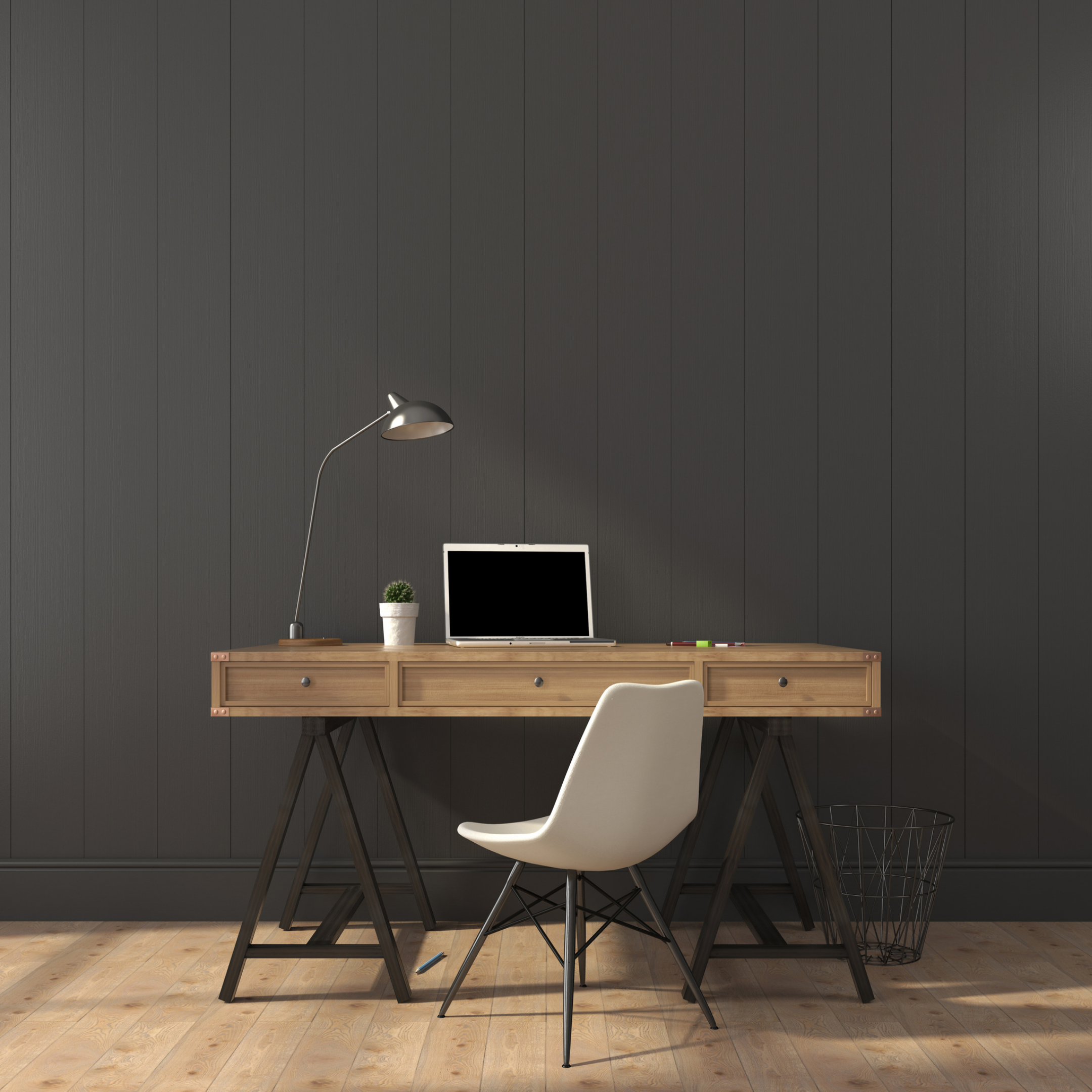
Why Hire A Virtual Design Assistant
Definition and Role
Virtual design assistants are specialized professionals who use technology to support interior designers. They assist in various tasks including project management, client communication, and research, allowing designers to focus on their creative work. With expertise in design software and tools, these assistants streamline workflows and enhance productivity.
Benefits for Interior Design Firms
The incorporation of virtual design assistants offers several advantages for interior design firms. First, they provide flexibility, enabling firms to manage workloads efficiently without needing additional in-house staff. Second, they can help to reduce operational costs while maintaining high-quality design output. Lastly, virtual assistants bring a fresh perspective and innovative solutions, contributing to improved client satisfaction and project success. Overall, leveraging the expertise of virtual design assistants can lead to a more productive and effective design process.
Cost-Effectiveness of Hiring a Virtual Design Assistant
Lower Overhead Costs
Hiring a virtual design assistant significantly reduces overhead costs for interior design firms. Unlike full-time employees, virtual assistants work on a contractual basis or part-time, allowing firms to avoid expenses associated with employee benefits, office space, and equipment. This approach enables firms to invest more in design projects and resources without the financial burden of additional in-house staff.
Flexible Payment Options
Virtual design assistants offer flexible payment options, making it easier for firms to manage their budgets. Interior designers can choose to pay hourly, per project, or on a retainer basis, providing financial adaptability. This flexibility ensures that firms can scale their assistance up or down according to their project needs, ultimately leading to better resource management and cost savings.
Enhanced Productivity and Efficiency
Time Savings
By hiring a virtual design assistant, interior design firms can save invaluable time. These professionals handle administrative tasks and design-related responsibilities, allowing designers to focus on their core competencies. As a result, projects progress more quickly, and deadlines are met consistently, contributing to overall client satisfaction.
Streamlined Workflow Processes
Virtual design assistants also bring structure to workflow processes. They can assist with project organization, client communications, and documentation management, leading to a smoother flow of operations. This enhanced efficiency ensures that designers can efficiently juggle multiple projects simultaneously, ultimately improving the firm’s performance and ability to take on additional clientele.
Access to Specialized Skills and Expertise
Diverse Design Styles
Hiring a virtual design assistant provides interior design firms with access to a wide array of specialized skills. These professionals often have diverse experience in various design styles, which can enhance a firm’s creative offerings. Their unique perspective can contribute fresh ideas and innovative solutions, helping to elevate the standard of design work produced by the firm.
Technical Proficiency
Moreover, virtual design assistants frequently possess advanced technical skills related to design software and tools. Their proficiency allows them to efficiently create renderings, floor plans, and presentations. As a result, they help streamline the design process, ensuring that the firm not only meets client expectations but also stays competitive in an ever-evolving market.
Improved Client Communication and Satisfaction
Responsive Communication Channels
Another significant advantage of hiring a virtual design assistant is the enhancement of client communication. These professionals can act as dedicated points of contact, ensuring that queries are addressed promptly and effectively. This responsiveness builds trust and confidence, making clients feel valued and informed throughout the design process.
Personalized Design Solutions
Virtual design assistants can also offer tailored solutions that match the specific needs and preferences of clients. By collaborating closely with both designers and clients, they ensure that each design element aligns with the client’s vision. This individualized approach not only leads to higher satisfaction rates but also fosters long-term client relationships, as clients appreciate the attention to detail and personal touch that enhances their overall experience.
Scalability and Resource Optimization
Utilizing Resources Effectively
Hiring a virtual design assistant also allows businesses to optimize their resources efficiently. These professionals can be scaled up or down based on project demands, providing flexibility that traditional staffing cannot offer. As workloads fluctuate, organizations can allocate design tasks to the assistant without the need for extensive hiring or training processes. This adaptability not only minimizes overhead costs but also enables teams to concentrate on core competencies, ensuring that time and energy are spent where they matter most. By utilizing virtual design assistants, businesses can achieve a perfect balance between maintaining quality service and accessing the resources necessary to thrive in a competitive landscape. Overall, this strategic approach can lead to sustainable growth and improved operational efficiency.
Focus on Core Business Functions
Delegating Administrative Tasks
By hiring a virtual design assistant, businesses can seamlessly delegate administrative tasks, freeing up in-house teams to focus on their core functions. This strategic delegation allows team members to concentrate on high-impact projects that drive growth and innovation. Rather than spreading themselves thin with routine design work, companies can now focus on improving their products, expanding their market reach, and enhancing customer relationships.
Strategic Business Planning
Additionally, with the burdens of everyday tasks lifted, organizations can engage in strategic business planning. By harnessing the creative energy of dedicated design assistants, firms can brainstorm, strategize, and implement new ideas more effectively than ever. This shift enables businesses to not only stay competitive but also foster a culture of innovation that can lead to long-term success.



